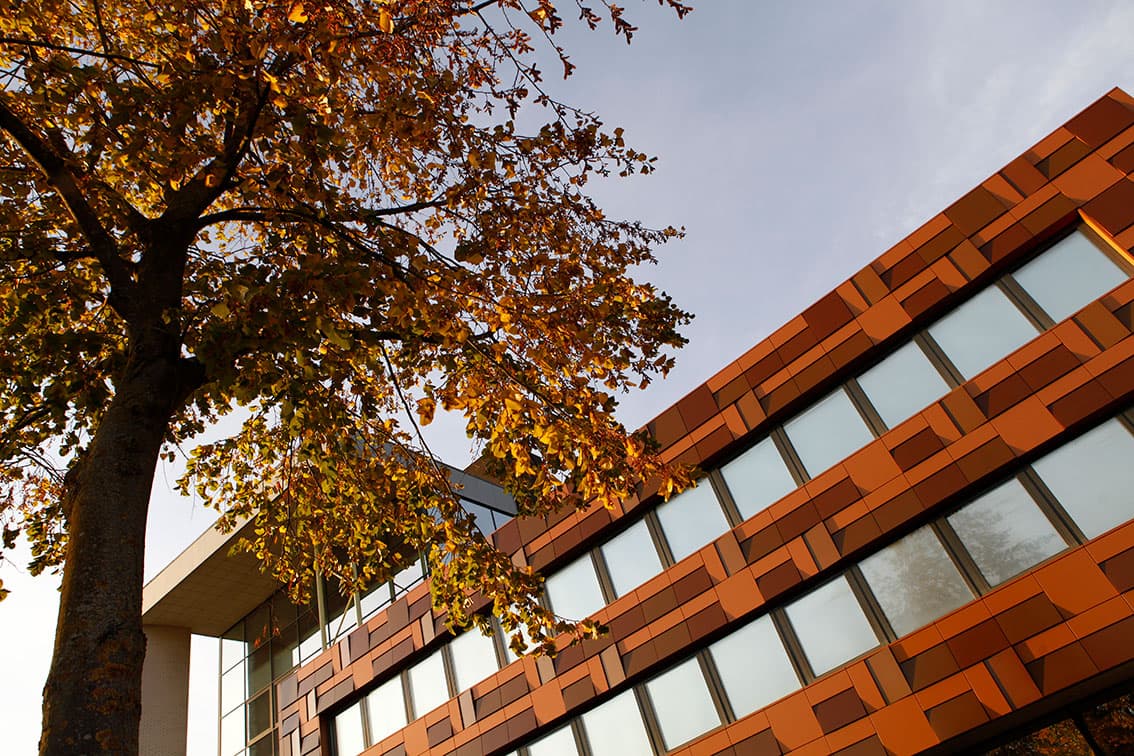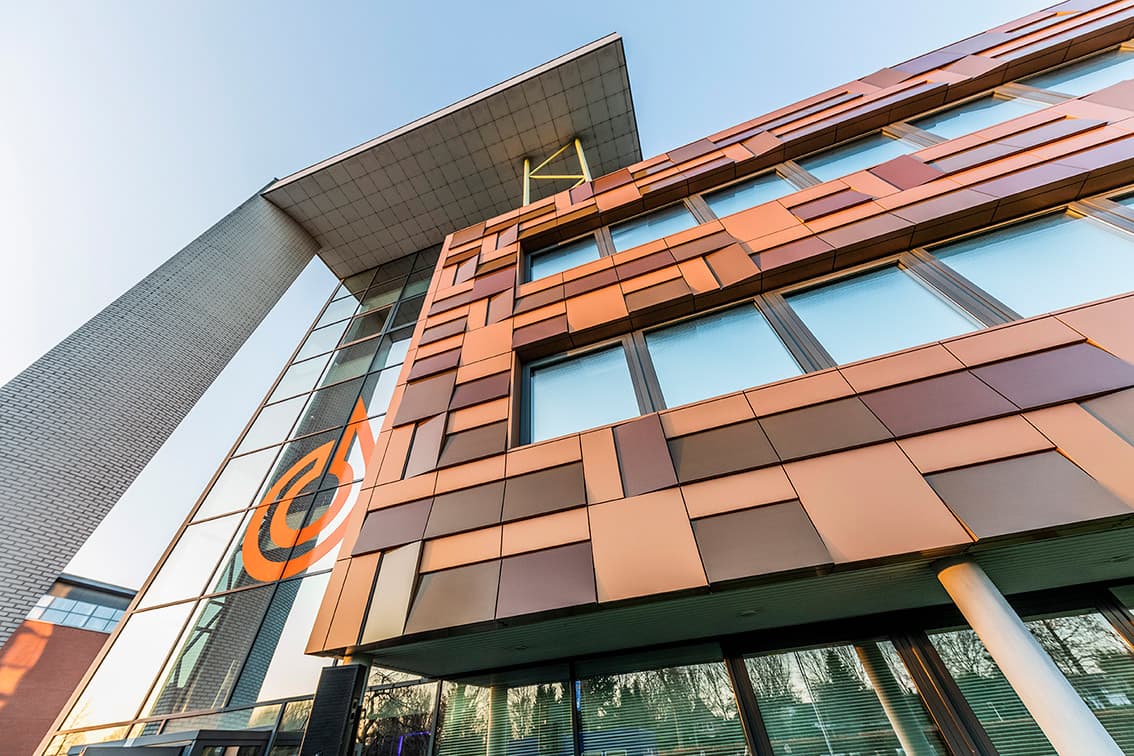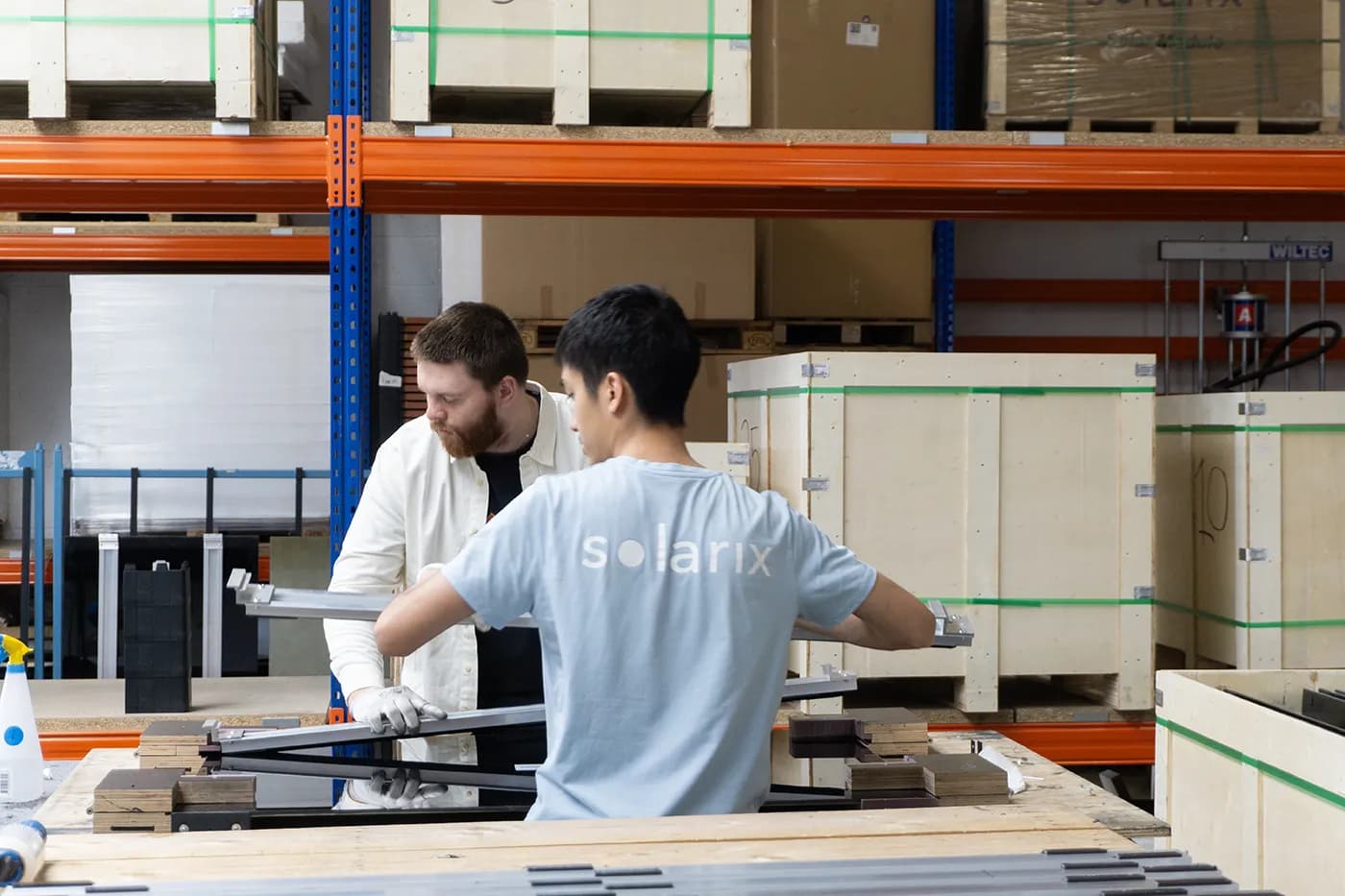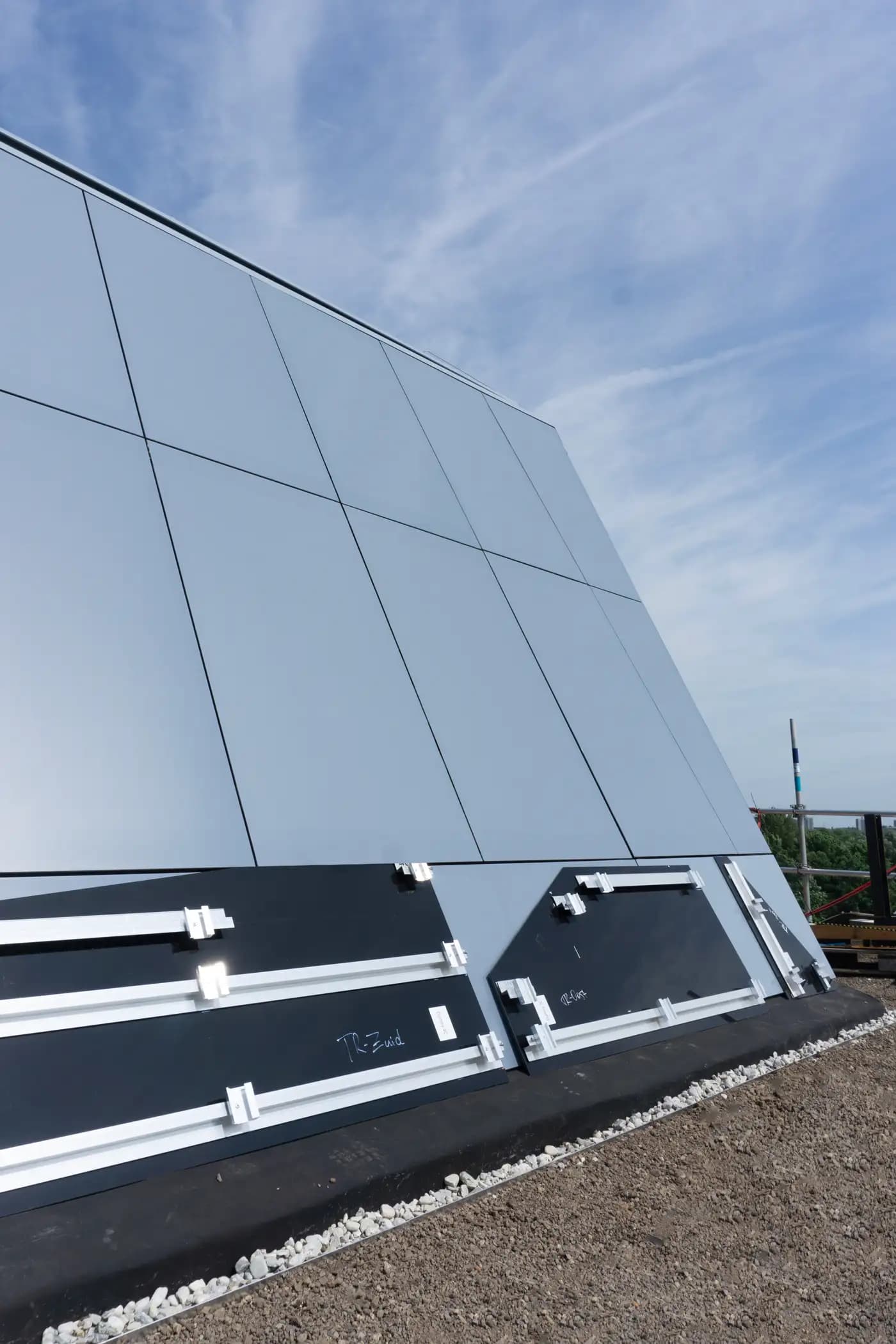Interview with Aukje Kuypers: The solar design facade at Kuijpers in Helmond
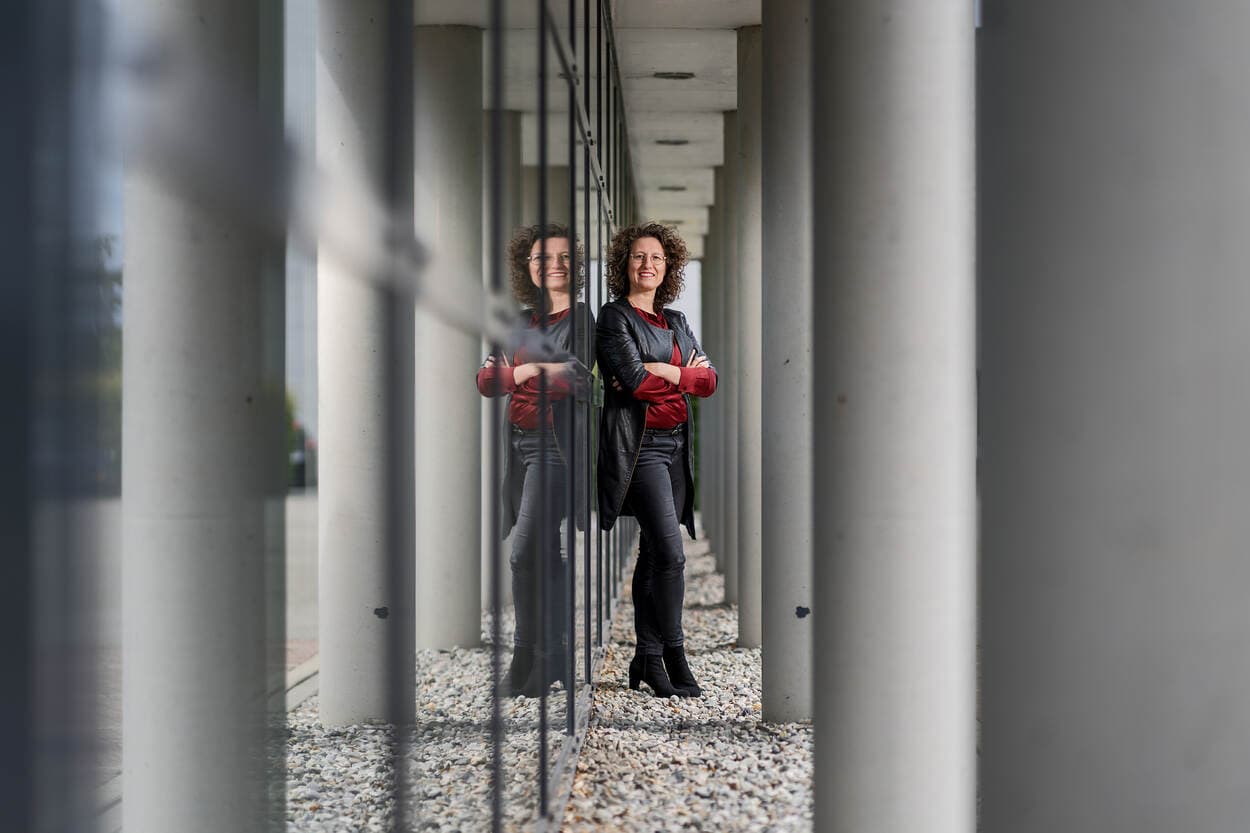
Who would have thought that a joke would lead to a global first in the solar design facade? The office of Kuijpers in Helmond was equipped in 2018 with the world's first interactive, energy-generating design facade by Solarix.
Managing Director Aukje Kuypers shares that she saw the potential for an energy-generating and luminous facade for one of Kuijpers' office buildings in Helmond. This all stemmed from an idea by Solarix founders Marloes van Heteren and Reinier Bosch, where an integrated concept makes it possible to generate energy while simultaneously providing a building with more identity and allure.
“They needed an object, so I joked that they could use a few square meters to give the exterior of the office a sustainable and beautiful business card”
The result? The first interactive, energy-generating design facade developed by Solarix in collaboration with Kuijpers, Kameleon Solar, and Sorba, supported by SPARK Campus and the municipality of Helmond.
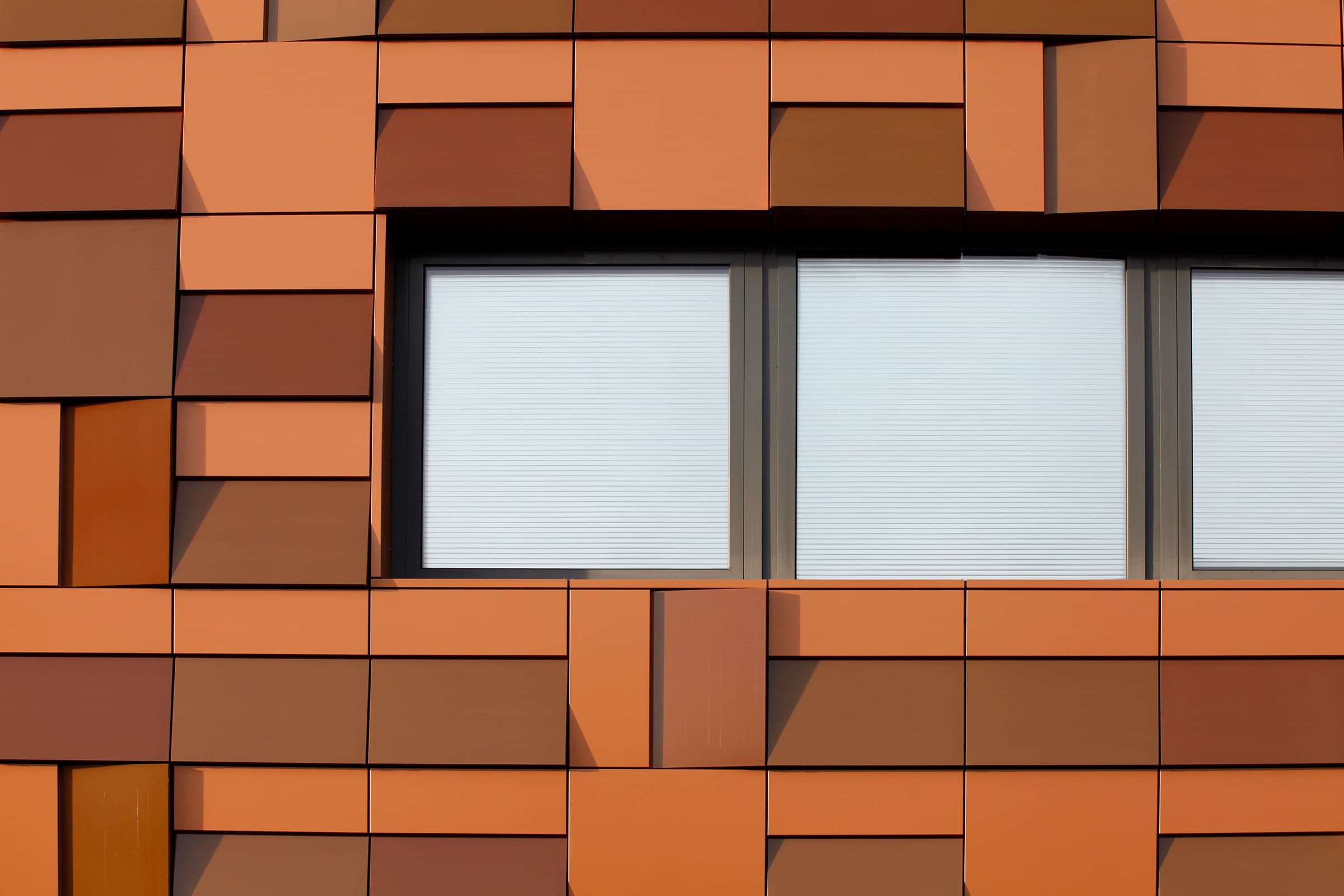
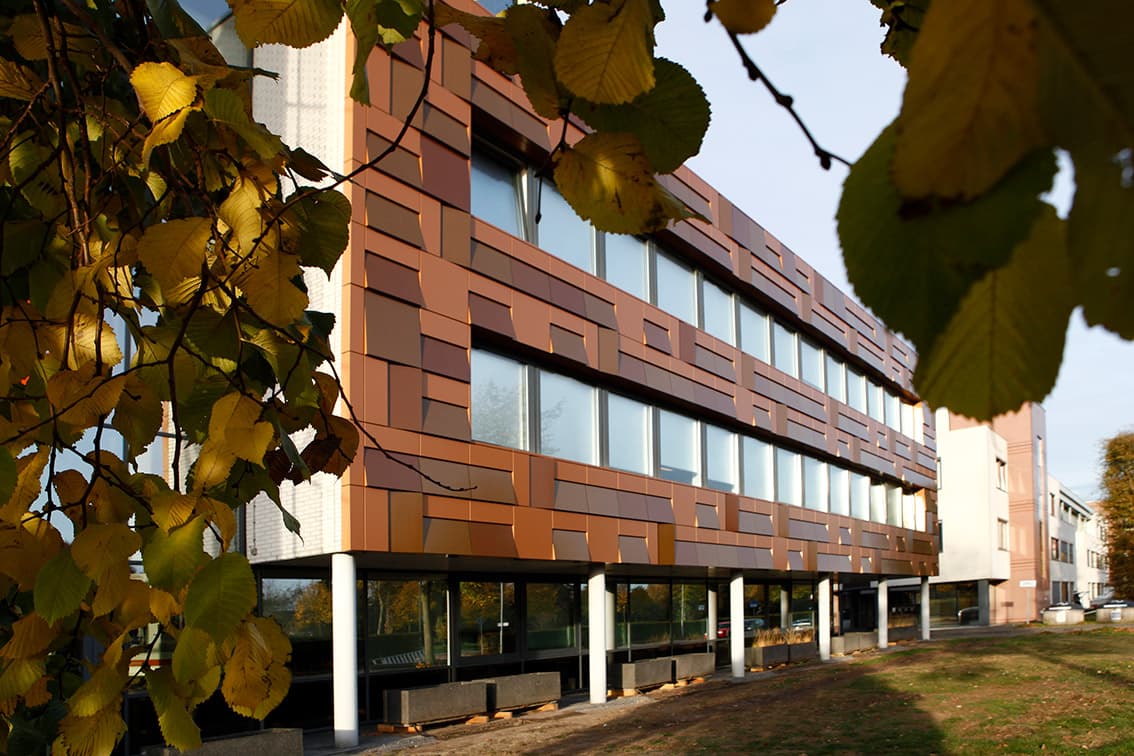
Where did the interest in the solar design facade originate?
Kuypers indicates that they had previously contemplated using facades for energy generation. After all, there are many square meters of wall space available in the built environment. Additionally, sustainable solutions are a standard mindset for the Kuypers family. For them and a few others, Solarix's solution seemed like a logical idea, but it was not (yet) the industry standard.
"The unique aspect of Solarix's solar design facade is that it truly adds something extra to a building. Sustainable and functional doesn't have to be ugly; the design simply looks stunning"
Kuijpers was particularly enthusiastic about the uniqueness and character of the product. Additionally, she believes that beautifully crafted products tend to endure longer.
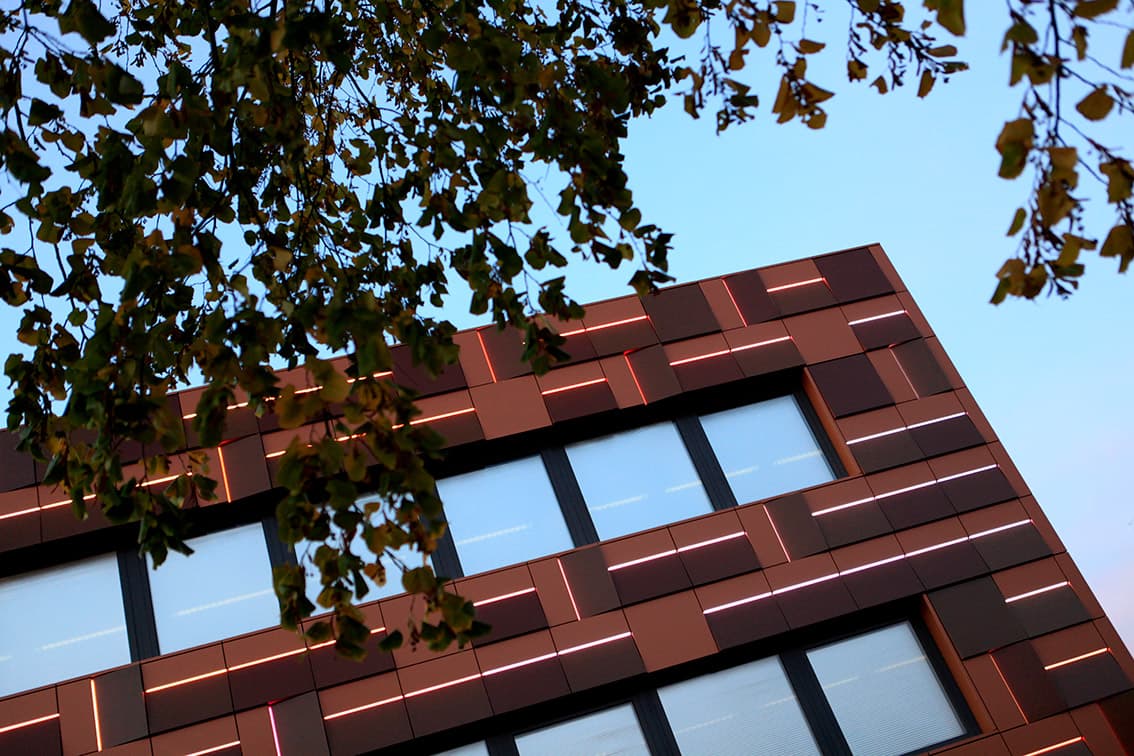
How did the idea of LED lighting come about?
In essence, the built environment takes away a piece of nature, Kuijpers explains. By incorporating LED lighting in the facade that moves along with the environment, that piece is brought back. 'The facade is essentially a layer that moves with us, and the solar cells used to generate energy can be likened to photosynthesis on the leaves of trees.'
Additionally, the LED lighting communicates with the surroundings as it's linked to data from the KNMI (Royal Netherlands Meteorological Institute). This allows it, for instance, to change color with the evening sky. An extra feature that can simulate weather changes and thereby interact with the environment.
Does a solar design facade actually generate energy?
The design facade generates enough energy to provide full lighting for the entire building when everyone is present. Its energy production is equivalent to that of three residential homes. Furthermore, measurements have shown that the solar design facade adds value compared to rooftop solar panels, as a facade can still produce energy even during periods of lower sun in the winter.
It was indeed worth the investment! Cheaper options like painting the facade or more expensive solutions like cladding were possible. However, aside from not being sustainable or energy-efficient, there's a critical difference that urged the decision to invest:
“A solar panel facade generates energy and therefore has a payback period unlike other solutions that are written off and do not yield returns.”
Additionally, we utilize the facade for communication purposes. For instance, the facade turns orange when we participate in 'Orange the World,' drawing global attention to violence against women, or it aligns with the colors of the rainbow during carnival celebrations. It becomes a connecting element for societal themes.
Are design solar panel facades the future?
Kuijpers believes so, seeing people increasingly acting consciously and sustainably, even in the built environment. She genuinely believes in the product and Solarix's vision after the successful and transparent collaboration.
• 20 July 2022
“For the ongoing energy transition, such innovations and developments are necessary. The fact remains that solar design facade panels are not only aesthetically pleasing but also generate energy while integrating with the surroundings”
